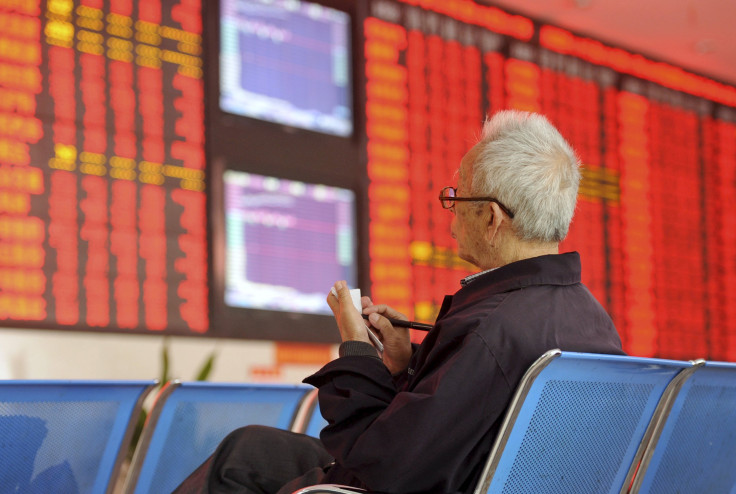Fading Southeast Asian Stock Recovery Puts Focus On Robust Infrastructure

(Reuters) -- As a broad-based recovery in Southeast Asian stocks from this year's bear market lows fades, investors are now pivoting to bottom-up strategies and selectively seeking stocks exposed to the region's more enduring growth themes. The MSCI index of Southeast Asia .MISU00000PUS, a benchmark of the region's biggest stocks, plunged 28 percent in the five months through September, driven in part by concerns about slowing Chinese demand and bringing valuations down to 2009 lows.
And while stocks clawed back about a third of these losses in October, lower commodity prices, tepid Chinese economic data and the specter of an imminent U.S. interest rate rise have sent the MSCI regional index back down 23 percent from its April peak.
This technically puts the index back into bear market territory, which analysts define as a fall of at least 20 percent from such a peak.sss
"The market was oversold in September. The delay in the Fed's rate hike and lower valuations supported the market in October," said Soek Ching Kum, Credit Suisse head of Southeast Asia Research, Private Banking and Wealth Management.
"But Southeast Asia is still at a premium to North Asia, so investors may not be motivated to come back in a major way yet," said Kum.Stocks fell 0.5 percent on Friday, taking the decline since Oct. 27, when gains began to slow, to 5.6 percent.
Southeast Asian stocks enjoyed huge inflows from 2009-2012 but these ended when the U.S. Federal Reserve tapered and ended its bond purchase program in late 2014.
While analysts think a major turnaround is unlikely, some fund managers see a stock picker's market.
Economic growth in Southeast Asia is likely to moderate to 4-5 percent in 2016, said Gillian Kwek, portfolio manager of Fidelity International's ASEAN fund. "The drivers for the next 12-18 months will be very stock-specific," Kwek said.
"Hence, I will be spending more time on individual companies and their stock price drivers, rather than trying to achieve fund outperformance through top-down bets."
The fund's biggest exposures are to banks including Singapore's DBS Group (DBSM.SI) and telecommunications companies including Singapore Telecommunications (STEL.SI) and Telekomunikasi Indonesia (TLKM.JK). These stocks all have below median price-to-earnings ratios.
Despite a patchy economic outlook for the region, long-term urbanization trends in Southeast Asia's developing economies remain intact.
Stocks that benefit from infrastructure investment are a good bet, said Mark Mobius, executive chairman of Templeton's Emerging Markets Group.
"One investment theme will be focused on infrastructure with investments at the local level buttressed by investments by China and Japan in the areas of railroads and roads, in addition to power plants," he said.
Among the Templeton ASEAN fund's top 10 holdings are Ayala Corp. (AC.PS) in the Philippines, whose operations include telecommunication and water services.
It also includes cement manufacturer PT Semen Indonesia (SMGR.JK) and Singapore-based Keppel Corp. (KPLM.SI), who has businesses that focus on environmental engineering and power generation.
"All the Southeast Asian markets will benefit, but the most exciting at this stage are Thailand and Vietnam," Mobius said.
(Reporting by Viparat Jantraprap and Nichola Saminather; Editing by Sam Holmes)
© Copyright Thomson Reuters 2024. All rights reserved.





















